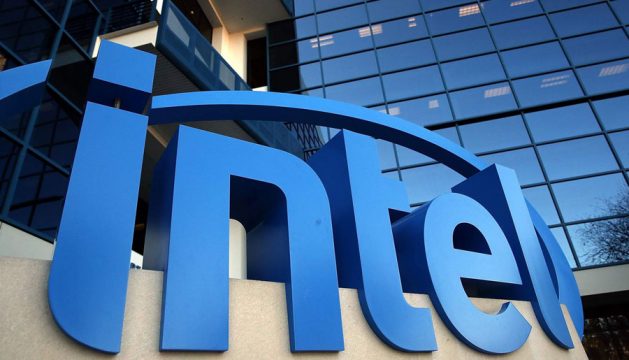Intel is aiming to regain ground in the rapidly growing artificial intelligence (AI) chip market, an area where it has been overshadowed by Nvidia’s dominance in recent years.
During his first earnings call as Intel’s new CEO, Lip-Bu Tan outlined the company’s plans to develop a competitive AI strategy, acknowledging that it would take time to execute.
Intel’s approach will be to overhaul its existing products to cater to emerging AI trends, including robotics and AI agents capable of performing tasks for humans. Tan emphasized that Intel would need to take a comprehensive approach, similar to Nvidia’s model, which includes not just chips, but entire data centers with supporting infrastructure such as cables and software compilers.
Despite the ambition, Intel faces several challenges in catching up to Nvidia, which has firmly established itself as a leader in AI hardware. Chief Financial Officer David Zinsner clarified that Intel is not planning many acquisitions in the short term, opting instead to focus on improving its balance sheet.
This means Intel’s strategy will rely heavily on homegrown innovations rather than acquiring AI startups, as it did between 2016 and 2019 when it acquired companies like Movidius, Mobileye, Nervana, and Habana Labs. However, most of these acquisitions, aside from Mobileye’s role in autonomous driving, have failed to provide significant traction in AI.
Despite Intel’s efforts, analysts remain skeptical. Nvidia’s position as the dominant player in the market, coupled with major cloud firms like Amazon and Google developing their own AI chips, has created a highly competitive landscape, leaving limited room for Intel to break through.
Intel’s current AI strategy focuses on chips and systems designed to run AI applications on edge devices. While these areas show promise, Hendi Susanto, a portfolio manager at Gabelli Funds, cautioned that the scale and pace of growth in these sectors remain uncertain, making it difficult to predict how successful Intel’s efforts will be in challenging Nvidia’s dominance.




